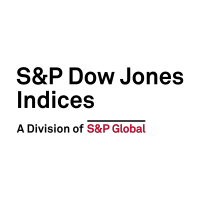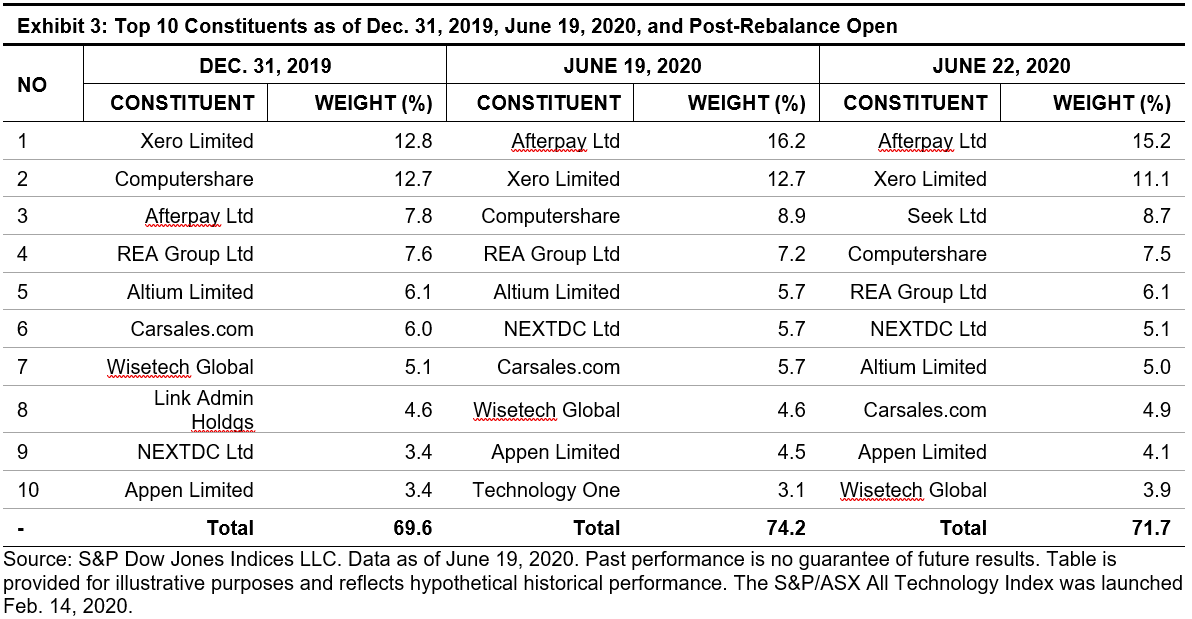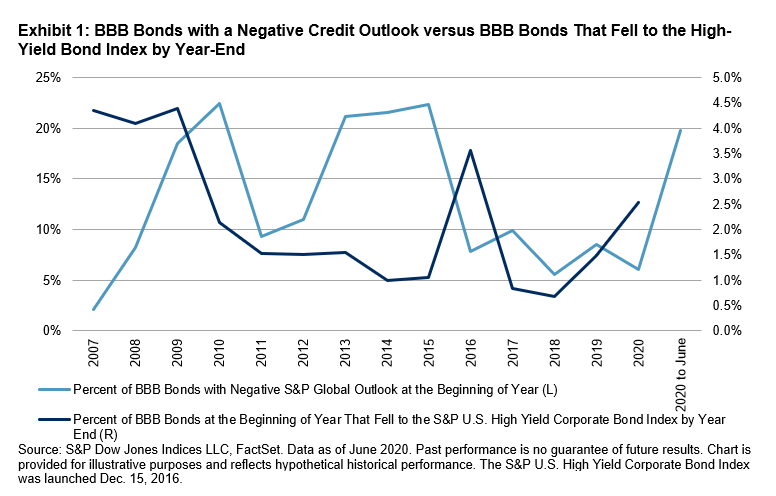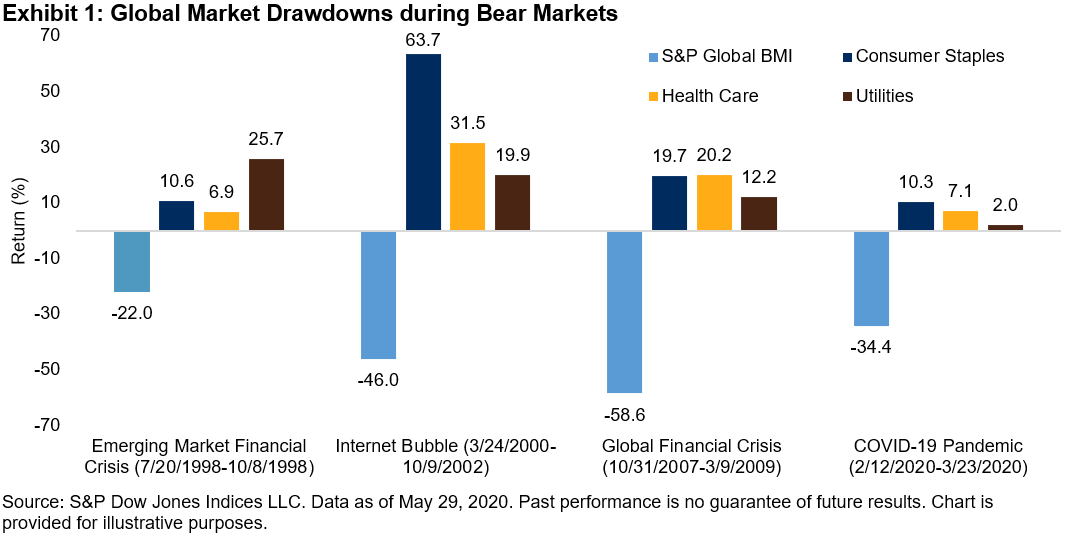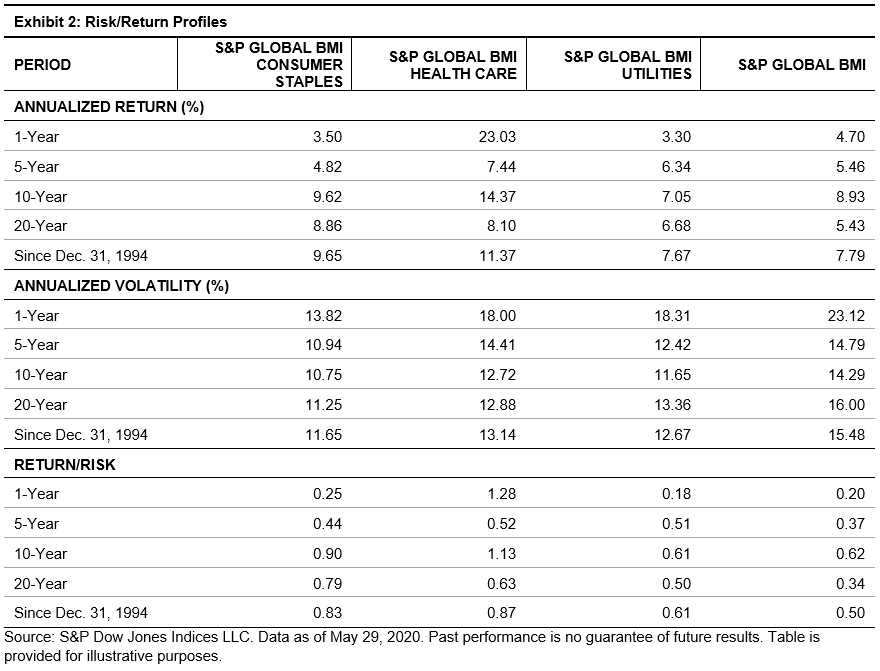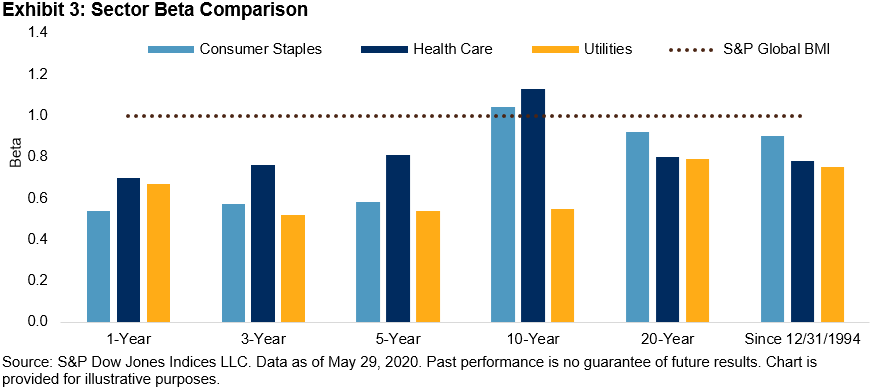Why are the market environments most conducive to generating positive absolute returns the least conducive to producing positive relative returns? Explore the active manager’s conundrum with S&P DJI’s Craig Lazzara and Anu Ganti.
Read more here: https://spdji.com/research/article/the-active-manager-s-conundrum
The posts on this blog are opinions, not advice. Please read our Disclaimers.

